|
|
Ecuador: Geography
|


|
|
|
 cuador - as the name implies - lies across the equator in the northwestern corner of South America. It shares borders with Peru to the south and east, is bounded by Colombia to the north, and the Pacific Ocean to the west. Quito, the national capital, sits centered at the northern end of the country in an Andean valley only 22km (14mi) south of the equator. Guayaquil, Ecuador's largest city (and its major port), is located in the tropical southern coast just north of the Peruvian border. cuador - as the name implies - lies across the equator in the northwestern corner of South America. It shares borders with Peru to the south and east, is bounded by Colombia to the north, and the Pacific Ocean to the west. Quito, the national capital, sits centered at the northern end of the country in an Andean valley only 22km (14mi) south of the equator. Guayaquil, Ecuador's largest city (and its major port), is located in the tropical southern coast just north of the Peruvian border.
|
|
The country can be divided into four regions: the western coastal lowlands, the central Andean highlands, the eastern jungles of the Amazon basin and - some 1000km (620mi) west of the mainland - the Galápagos Islands.
The Andean highlands - the country's backbone - are composed of two volcanic ranges separated by a central valley in which the bulk of the population lives. The highlands also contain the nation's highest mountain, Chimborazo, whose 6310m (20,700ft) peak stands out - thanks to Earth's equatorial bulge - as the farthest point from the center of the planet. Close to Quito, Mt. Cotopaxi is the tallest active volcano in the world at 5910m (19,390ft). Colonial cities, small Andean villages and dozens of Indian Markets give this region its unique cultural heritage.
|
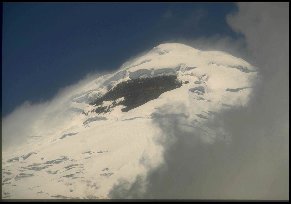
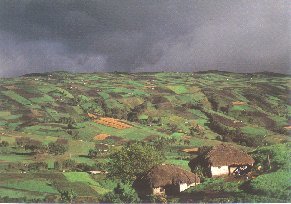
|
|
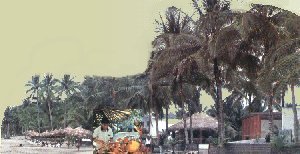
|
The western lowlands - once thick with forests - are today blanketed by banana, palm and cacao farms and have little to interest most travelers. Only a few protected pockets, such as the Maquipucuna biological reserve, still provide glimpses of Ecuador's once spectacular forestlands. Other sites on the coast enjoy a Mediterranean style climate, such as the famous Machalilla National Park.
|
|
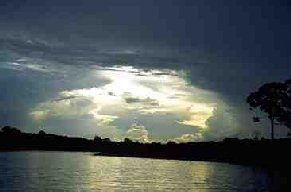
|
|
The Amazon basin lowlands east of the Andes are an almost impenetrable tangle of rainforest known to Ecuadorians as the Oriente (the East). Although the Amazon itself does not flow through Ecuador, all rivers east of the Andes eventually empty into it. The rainforest is still largely untouched, although oil exploitation has taken a big toll in some areas. A number of small communities of native nomad tribes still roam in the jungle.
|
|
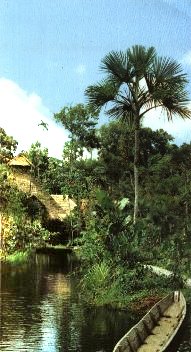
|
|
|
The Amazon is the "Mother Jungle" (Sachamama) to the natives. It is home to the last free-roaming animals and to the vegetable universe in its greatest splendor. Biodiversity and anthropology are the fundamental characteristics of the Ecuadorian Amazon.
|

|
|
Travel in Ecuador
General Info
History
Climate
Culture
Country Data
Tips for Travelers
Why Ecuador?
Travel in Ecuador
Contact Hacienda Chillo-Jijón
|

|
|
Ecuador: Galapagos
|


|
|
|
|
|
|
|
Sponsored by :
 Hacienda Chillo-Jijón
Hacienda Chillo-Jijón
Quito, Ecuador
** Travel **
Deluxe
countryside lodging at
Hacienda Chillo-Jijón


ECUADOR
Travel in Ecuador
General Info
History
Climate
Ecuadorian Culture
Tips for Travelers
Country Data
Travel Links
Ecuador Explorer
Haciendas
Ecuador Explorer
Hotels in Quito
Ecuador Explorer
Tour Operators
Lonely Planet's
"Destination Ecuador"
Planet Ecuador
About Ecuador
Country Walkers
Additional Info
CNN Weather
Quito
CNN Weather
Galapagos
Country's
Statistics
|